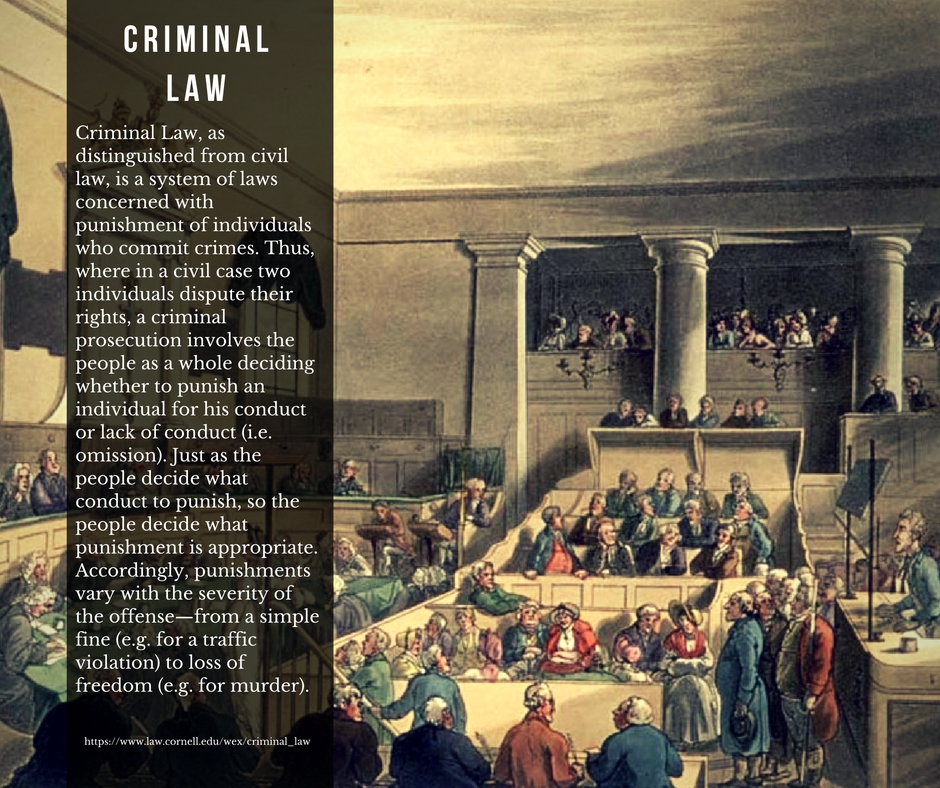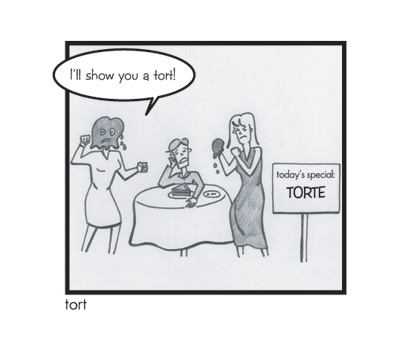 Trying to get a jumpstart on your bar preparation? Just curious about what all is entailed in the Multistate Bar Exam (MBE)? Here’s a glimpse into one of the seven topics covered on the MBE. Keep in mind that each topic receives equal treatment – only 25 questions per topic.
Trying to get a jumpstart on your bar preparation? Just curious about what all is entailed in the Multistate Bar Exam (MBE)? Here’s a glimpse into one of the seven topics covered on the MBE. Keep in mind that each topic receives equal treatment – only 25 questions per topic.
- I. The nature of judicial review
- A. Organization and relationship of state and federal courts in a federal system
- B. Jurisdiction
- Congressional power to define and limit
- The Eleventh Amendment and state sovereign immunity
- C. Judicial review in operation
- The “case or controversy” requirement, including the prohibition on advisory opinions, standing, ripeness, and mootness
- The “adequate and independent state ground”
- Political questions and justiciability
- II. The separation of powers
- A. The powers of Congress
- Commerce, taxing, and spending powers
- War, defense, and foreign affairs powers
- Power to enforce the 13th, 14th, and 15th Amendments
- Other powers
- B. The powers of the president
- As chief executive, including the “take care” clause
- As commander in chief
- Treaty and foreign affairs powers
- Appointment and removal of officials
- C. Federal interbranch relationships
- Congressional limits on the executive
- The presentment requirement and the president’s power to veto or to withhold action
- Nondelegation doctrine
- Executive, legislative, and judicial immunities
- A. The powers of Congress
- III. The relation of nation and states in a federal system
- A. Intergovernmental immunities
- Federal immunity from state law
- State immunity from federal law, including the 10th Amendment
- B. Federalism-based limits on state authority
- Negative implications of the commerce clause
- Supremacy clause and preemption
- Authorization of otherwise invalid state action
- A. Intergovernmental immunities
- IV. Individual rights
- A. State action
- B. Due process
- Substantive due process
- a. Fundamental rights
- b. Other rights and interests
- Procedural due process
- Substantive due process
- C. Equal protection
- Fundamental rights
- Classifications subject to heightened scrutiny
- Rational basis review
- D. Takings
- E. Other protections, including the privileges and immunities clauses, the contracts clause, unconstitutional conditions, bills of attainder, and ex post facto laws
- F. First Amendment freedoms
- Freedom of religion and separation of church and state
- a. Free exercise
- b. Establishment
- Freedom of expression
- a. Content-based regulation of protected expression
- b. Content-neutral regulation of protected expression
- c. Regulation of unprotected expression
- d. Regulation of commercial speech
- e. Regulation of, or impositions upon, public school students, public employment, licenses, or benefits based upon exercise of expressive or associational rights
- f. Regulation of expressive conduct
- g. Prior restraint, vagueness, and overbreadth
- Freedom of the press
- Freedom of association
- Freedom of religion and separation of church and state
 As you can see, there’s quite a bit covered . . . and this is just Constitutional Law. After you spend a few seconds freaking out about the amount of material, take a deep breath. Remind yourself that you can do this. And take note that THIS is why everyone advises you to start studying as EARLY as possible. Not too early . . . you don’t want to forget anything. But early enough that you’re not cramming everything into those last 8 weeks before the bar exam. 8 weeks is a short time to cover 7 MBE topics plus however many state-specific topics you have as well.
As you can see, there’s quite a bit covered . . . and this is just Constitutional Law. After you spend a few seconds freaking out about the amount of material, take a deep breath. Remind yourself that you can do this. And take note that THIS is why everyone advises you to start studying as EARLY as possible. Not too early . . . you don’t want to forget anything. But early enough that you’re not cramming everything into those last 8 weeks before the bar exam. 8 weeks is a short time to cover 7 MBE topics plus however many state-specific topics you have as well.
You can do this!

 12 little words. That’s the foundation for the doctrine of
12 little words. That’s the foundation for the doctrine of 

 Have you ever read the text of a statute or Act and gone HUH?????? Most statutes (at least in my experience) tend to be somewhat vague and unclear, to say the least. You can get a better understanding of them by dissecting and reading them very carefully. But even then you may be confused. So where do you turn? The legislative history!
Have you ever read the text of a statute or Act and gone HUH?????? Most statutes (at least in my experience) tend to be somewhat vague and unclear, to say the least. You can get a better understanding of them by dissecting and reading them very carefully. But even then you may be confused. So where do you turn? The legislative history! As you can imagine, these materials may be extremely useful in understanding the intent behind the phrasing or compilation of various statutes. This understanding can help the courts better interpret the statute and apply it to various cases. But where do you find these materials? Depending on the particular statute/act you’re researching, it may be easier or more difficult to find them; however, here are a few sites you can check out.
As you can imagine, these materials may be extremely useful in understanding the intent behind the phrasing or compilation of various statutes. This understanding can help the courts better interpret the statute and apply it to various cases. But where do you find these materials? Depending on the particular statute/act you’re researching, it may be easier or more difficult to find them; however, here are a few sites you can check out.
 actus reus
actus reus mens rea.
mens rea. Another term differentiation you will run across in the criminal law practice is the difference between malum in se and malum prohibitum. The first is an “
Another term differentiation you will run across in the criminal law practice is the difference between malum in se and malum prohibitum. The first is an “




 Black’s Law Dictionary defines a tort as:
Black’s Law Dictionary defines a tort as: Negligence. That tort of all torts you studied in law school. So many types and so many applications. For the nitty-gritty, you should bunker down with your course notes, a good supplement, and the Restatement of Torts. But if you want a refresher on the general definition, you’re in the right place.
Negligence. That tort of all torts you studied in law school. So many types and so many applications. For the nitty-gritty, you should bunker down with your course notes, a good supplement, and the Restatement of Torts. But if you want a refresher on the general definition, you’re in the right place.